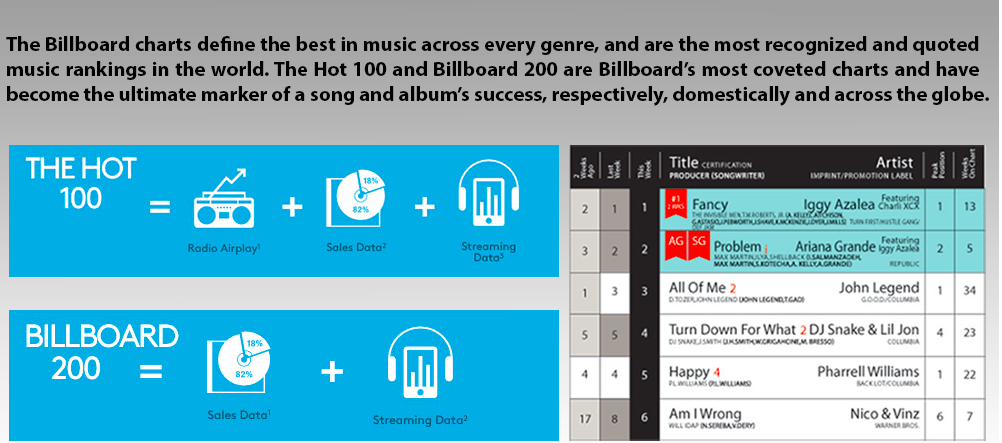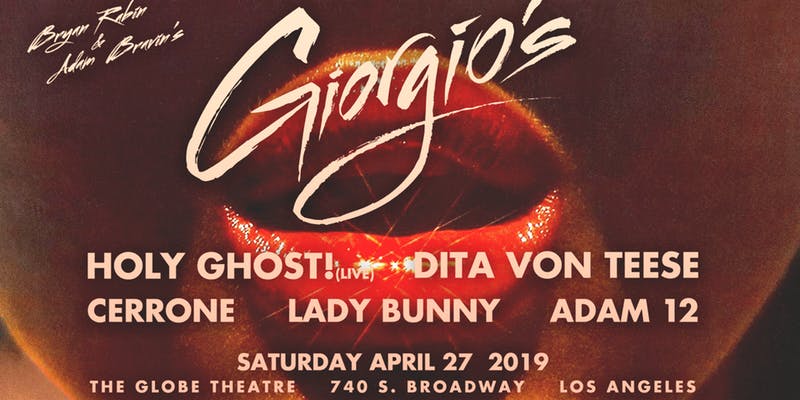
What started off as a social media challenge trend on TikTok, turned into a widely popular number one ‘country trap’ single “Old Town Road” by Atlanta rapper Lil Nas X.
Despite the fame, according to Rolling Stone, the song debuted on Billboard’s cross-genre Hot 100 chart, the Hot Country Songs chart and the Hot R&B/Hip-Hop Songs chart all at once until it was disqualified from the Billboard Hot Country Songs for not embracing enough elements of today’s country music. The rapper classified the cross-genre song in an interview stating, “The song is country trap. It’s not one, it’s not the other. It’s both. It should be on both.”
https://www.instagram.com/p/BwQbM58FkUI/
But what is ‘country trap’ or country rap?
Country rap is characterized as music that blends country music with hip-hop style rapping and traces of bro country. It dates back about two decades ago when artist Kid Rock released “Cowboy” back in 1998. This was cited to be the very first country rap fusion before its wide popularity, according to AXS.
Since then other artists such as Bubba Sparxxx, Upchurch, Lenny Cooper and more have expanded this genre up until 2015. The genre was seemingly standstill until its resurgence in 2016 when Young Thug released his experimental mixtape “Beautiful Thugger Girls.”
Music is constantly changing, mixing, reviving, or recycling. When a song is doing really well and makes the chart, or accepted on the sought-after Billboard charts, it seems like that should be a sign that the music is truly reaching the people, right?
In reality, it’s a much more complicated matter and even more so when it comes to music fusion. The controversy the country trap single faced is not an anomaly and has brought up some problems that go beyond race. Back in 2014, Mark Ronson’s “Uptown Funk” faced the same treatment when it was not classified as an R&B song or allowed to chart in that category.
This process may have been fueled in 2012 when Billboard converted its charts into hybrid ones to modernize their system. However, according to Slate, this change meant that charts were no longer determined by the listening preferences of a genre-specific audience; which also meant that each of the genre charts became a mini–Hot 100, with the same songs, in the same order as they are on the big chart—BUT now Billboard would make the judgment about which songs qualified for inclusion or which should be deleted.

While the music success charter, Billboard, has been around since 1940, does that make them qualified in passing judgement defining which songs are qualified to chart in what category? In the end, the craft is an art, and the ability to blend genres should be able to be appraised fairly. The work should be judged on its comprised components and its impact as a whole.






